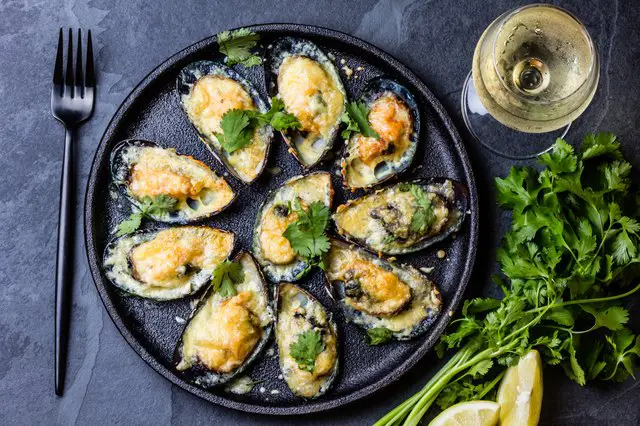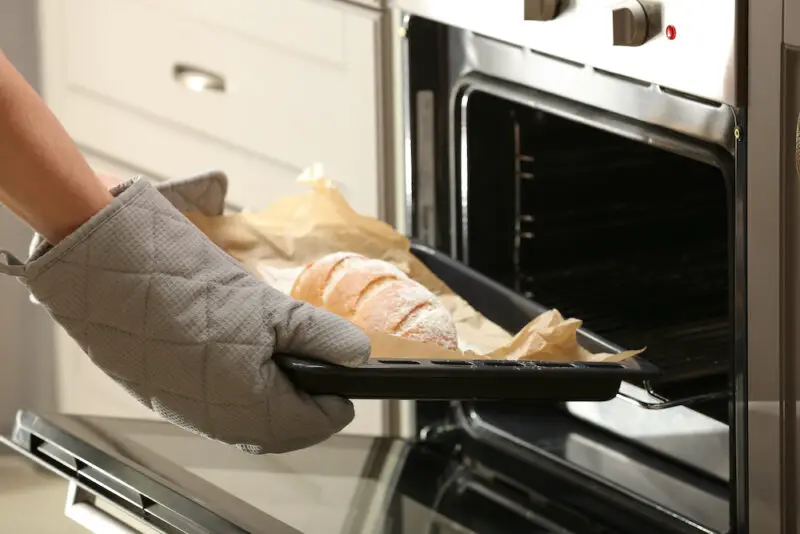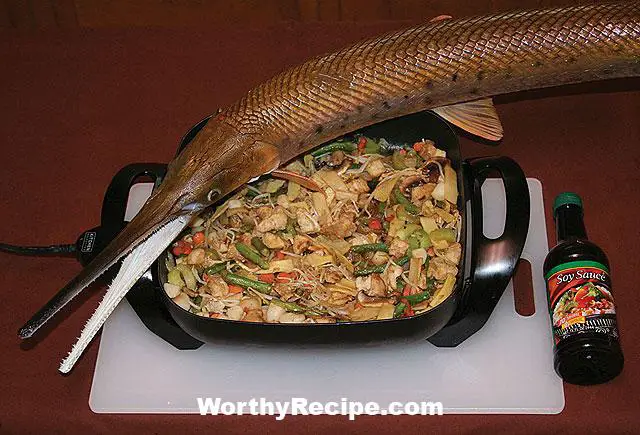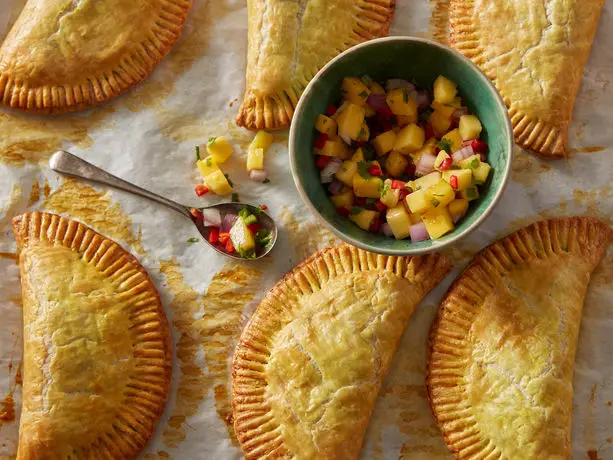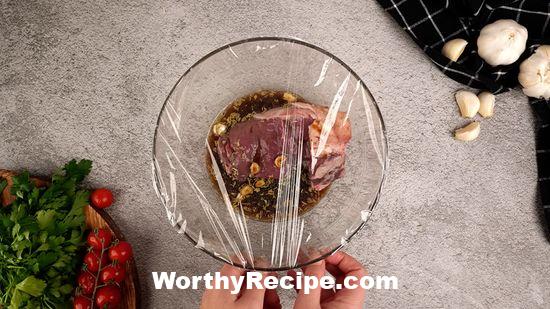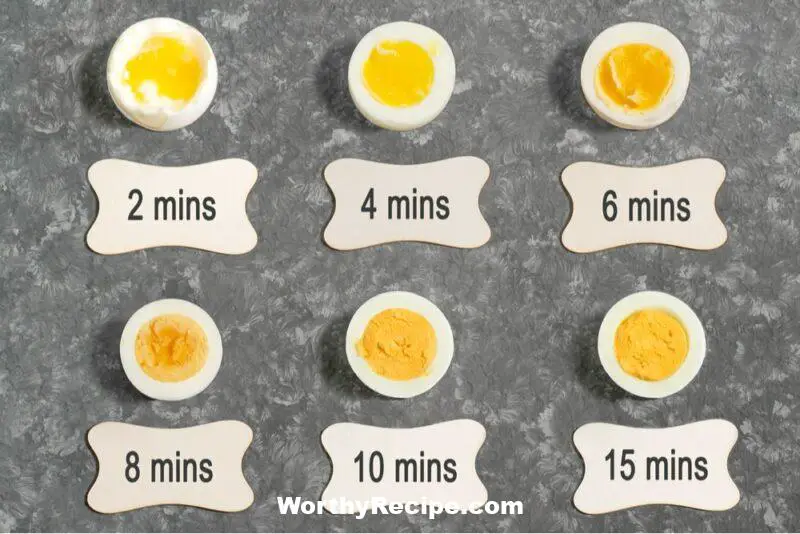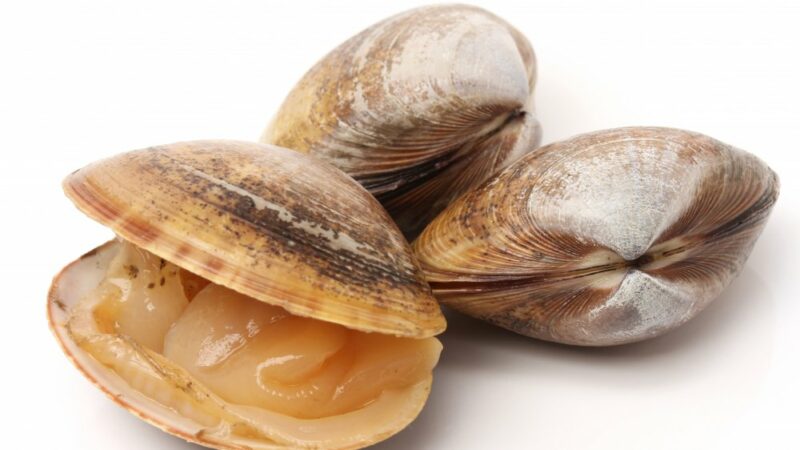How to Cook Frozen Clams
Introduction
Most seafood lovers enjoy clams for their sweet briny flavor, versatility in recipes, and their nutrient-rich meat. They are easy to prepare and can be used in stews, pasta dishes, chowders, and salads. However, fresh clams are not always available or convenient to purchase, especially if you live far from the coastal region. That’s where frozen clams come in handy. But how do you cook them? In this article, we’ll explore safe handling practices, thawing techniques, cooking methods, and flavoring ideas for frozen clam dishes.
Is It Safe to Cook Frozen Clams?
Before cooking frozen clams, it’s essential to understand how to handle them safely. The main concern is avoiding bacterial contamination as this can cause food poisoning. One particular bacteria that can cause a severe illness called Vibrio parahaemolyticus is often found in raw or undercooked shellfish. The risk of consuming raw clams increases significantly when they are not stored or handled correctly.
To avoid contamination and health risks related to foodborne illnesses after cooking and eating frozen clams, some guidelines should be followed:
- Always buy frozen clams from a reputable source.
- Store frozen clams at -18°C (or 0°F) to maintain optimal quality until use.
- Thaw frozen clams before cooking.
- Cook frozen clams according to safe temperatures and recommended cooking times.
- Avoid eating any leftover cooked clam meat that has been at room temperature for over 2 hours or left in the refrigerator for longer than 3 days.
Thawing Frozen Clams
Thawing frozen clams before cooking is critical. There are several reasons why you should thaw frozen clams, including:
- Even cooking – The cooking time will be consistent throughout the clam.
- Juice preservation – If you cook frozen clams without thawing them first, they release lots of juice and lose their flavor.
- Preventing foodborne illness – Thaw at appropriate temperatures to avoid bacterial growth. Never refreeze thawed clams.
The best ways to thaw frozen clams include:
- Refrigeration: This is the safest method for thawing food because it keeps the temperature below 4°C (or 39°F). Place the frozen clams in an airtight container or zip-lock bag before placing them in the fridge for 24 hours.
- Running water: Thaw the frozen clams under cold water until thawed completely or defrosted enough to remove any ice crystals. This method is quicker than refrigeration but uses more water. Make sure that the water does not exceed around 18°C or 64°F.
Never thaw frozen clams at room temperature as this will promote bacterial growth.
Cooking Methods for Frozen Clams
Now that we have safely thawed our frozen clams, we move on to exploring different methods of cooking.
Boiling Frozen Clams
Boiling is an excellent way of cooking clams, making them sweet and succulent. Here’s how:
- Bring a large pot of salted water to boil over high heat.
- Add freshly rinsed and drained thawed clams to the boiling water.
- Cover with a lid and cook for 5-7 minutes until the shells open wide.
- Discard any unopened clams.
- Remove the boiled clams from the pot.
- Strain the clam broth through a cheesecloth or fine mesh strainer to get rid of any excess sand, pieces, or shell fragments. Use the broth for soups, stews, or chowders.
Here are some tips for achieving the perfect texture when boiling frozen clams:
- Avoid cooking frozen clams longer than 10 minutes. It will result in rubbery and chewy texture.
- If using salted water does not suit your taste, add other aromatics like garlic, onion, thyme, bay leaves to enhance the flavor.
- For an added flavor boost and tenderization, try soaking thawed and freshly rinsed clams in milk or buttermilk before boiling them.
Steaming Frozen Clams
Steaming is another easy method of cooking frozen clams that helps them retain their flavor and nutrients.
- Bring one to two inches of water to boil in a pot fitted with a steamer basket.
- Add freshly rinsed and drained thawed clams to the steamer basket. Spread them out evenly over the steamer layer.
- Cover with a lid and steam for about 6-10 minutes until shells open just enough to reveal the meat inside. Discard any unopened clams.
- Remove from heat as soon as all shells have opened. Steamed clams have a gentle texture and mild flavor.
Here are some tips for achieving the perfect texture when steaming frozen clams:
- Use seawater for a more natural briny taste or add a tablespoon of salt to the water.
- You can add other flavorings like garlic, onion, chili flakes, lemon juice or zest, herbs like parsley or thyme, white wine or beer before steaming.
Grilling Frozen Clams
Grilling is another method that can add a smoky taste and aroma to the clams.
- Preheat your grill to high heat (400°F) and lay out freshly rinsed and drained thawed clams in a single layer on the grill grates.
- Cover with foil or close the lid for 5-10 minutes until the shells have opened. Discard any unopened clams.
- Remove from heat and drizzle some olive oil or unsalted butter on top of each clam. Add desired seasoning – chopped fresh herbs like cilantro, dill, rosemary, black pepper, spicy mayo sauce or store-bought cocktail sauce
Here are some tips for achieving the perfect texture when grilling frozen clams:
- Rinse the shells thoroughly under running water before grilling. It’ll remove any dirt, grit, or sand particles that could affect the flavor.
- Add sliced lemons and herbs to brighten up flavors and enhance herbal aromas while grilling.
Sautéing or Stir-Frying Frozen Clams
Sautéing or stir-frying offers another alternative method of cooking frozen clams.
Here’s how:
- Heat a large skillet over medium-high heat and add some olive oil or your preferred oil.
- Add freshly rinsed and drained thawed clams to the pan and cook for about 2-3 minutes until they are slightly browned.
- Stir in some garlic, chili flakes or onions if desired and cook for another 1-2 minutes until fragrant but not burnt. You can also add bell peppers and cherry tomatoes for color.
- Remove from heat and season with salt, black pepper, and chopped parsley or cilantro to taste.
Here are some tips for achieving the perfect texture when sautéing/stir-frying frozen clams:
- Thaw the clams completely before cooking to allow them to release any unwanted water residue. Drain them adequately – too much moisture will affect presentation and texture by making them rubbery.
- Clean the pan thoroughly before adding clams as any lingering residue will stick on the clams.
- Season your ingredients gradually for maximum control over flavors rather than adding everything at once.
Flavoring and Serving Suggestions for Frozen Clam Dishes
Now that we’ve covered various techniques of cooking frozen clams, it’s time to infuse them with flavors. The sky’s the limit when it comes to flavor combinations for frozen clam dishes. Here are some popular recipes that use frozen clams:
- Linguine with Clam Sauce – toss cooked linguine with garlic, butter, white wine, parsley, red pepper flakes, parmesan cheese, lemon zest, and freshly squeezed lemon juice
- New England Clam Chowder – combine sautéed onions, celery, potatoes, bacon strips in a creamy clam broth simmered over high heat
- Grilled Clams with Miso Sauce – brush thawed clams with miso paste, sesame oil, honey, rice vinegar before grilling
- Clambake – layer steamed thawed clams with corn, garlic butter shrimp, sausages, potatoes and onions in a large pot lined with seaweed or dampened cheesecloth over medium heat
Expert tips on flavoring and seasoning for frozen clam dishes include:
- Serve freshly cooked clams in their shells for an attractive presentation or remove the meat from the shell and use it in other dishes.
- Use fresh herbs and vegetables to compliment the sweetness of the clams such as bell peppers, cherry tomatoes, onions.
- Try adding cheeses like bocconcini, ricotta or goat cheese to add some extra creaminess to your dish.
Caring for Leftover Cooked Clam Meat
Cooked clam meat can be stored safely in an airtight container in your fridge for up to 2 days or in your freezer for up to 3 months. However, it’s important to reheat them thoroughly before consuming on any leftovers dishes.
Frequently Asked Questions (FAQs) About Frozen Clam Cooking
Can you cook a frozen clam in a microwave?
It is best not to cook frozen clams in a microwave because they will become rubbery and chewy. Use recommended cooking methods such as boiling, steaming or grilling.
How can I tell if my clam is fresh?
Always check that the clam’s shell is closed when purchasing and that it has not been broken or cracked. Rinse the clams under running water thoroughly; discarding any that remain open. When thawing frozen clams, check that they are not slimy or produce an unpleasant odor.
Do cooked vs uncooked vs pre-cooked clams require different cooking times?
Yes, they do. Precooked frozen clams will only require a brief heating time to avoid overcooking while still ensuring the clam is heated thoroughly. Frozen uncooked clams require thorough cooking to kill any bacteria while retaining their freshness and sweet taste.
Conclusion
Frozen clams are a great solution for seafood enthusiasts who don’t have access to fresh ones. However, safe handling, thawing, and cooking techniques should follow in each recipe. Cooking them with other complementary flavors and serving suggestions can further enhance the experience of frozen clam dishes. With this guide, you will be able to achieve perfectly textured and delicious tasting dishes each time!
Frequently Asked Questions
Can I Cook Frozen Clams Directly?
Yes, you can cook frozen clams directly, but it is important to ensure that they are not freezer-burned or thawed before cooking. Cooking frozen clams directly may take a little longer than fresh ones, but the flavor and texture remain the same.
How Do I Thaw Frozen Clams?
Thawing frozen clams before cooking is highly recommended. To thaw frozen clams, place them in a colander and rinse them under cold running water for about 30 seconds. After this, transfer the thawed clams into a bowl of cool water for an additional 20 minutes.
What Is the Best Way to Cook Frozen Clams?
The best way to cook frozen clams is by steaming or boiling them. For steaming, add 1-2 inches of water to a large pot and bring it to a boil. Once the water starts boiling, add the clams and cover the pot tightly. Let them steam for about 5-7 minutes until they open fully. For boiling, add the cleaned and thawed clams to a pot of salted boiling water and cook for 6-8 minutes.
How Do I Know If Frozen Clams Are Bad?
You can tell if frozen clams are bad by looking for any signs of discoloration or sour smell when they are thawed. Additionally, ensure that there are no chips or cracks in the shells before cooking. Any clams with cracks should be discarded as they may be contaminated with harmful bacteria.
